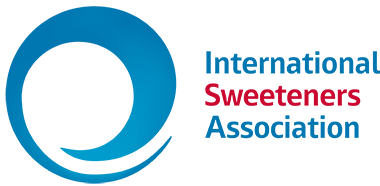Abstract
As obesity rates increase, several countries in Latin America have implemented strategies to curb the consumption of sugars, resulting in reformulations of products with low and no-calorie sweeteners (LNCS). The increased availability of LNCS-containing products raises concerns about the potential risk of exceeding the Acceptable Daily Intake (ADI). Information on the intake of LNCS among Latin American countries are limited by the lack of publicly available national consumption data. Using the Budget Method, screening level intake estimates of six LNCS (acesulfame potassium, aspartame, cyclamate, saccharin, steviol glycosides, and sucralose) were derived for Argentina, Chile, and Peru based on national sales data and product labels. Four tiered assessments were conducted where assumption of LNCS use ranged from the most conservative Tier 1 to the more refined yet conservative LNCS use and concentrations in subsequent tiers. The estimated intakes, applicable to the total population as well as children, were below their ADIs for all tiers. For Tier 2 where average LNCS concentrations were assumed present in all LNCS-containing products, intakes were <60% of the ADI. Estimates for the more refined tiers were comparable to published estimates based on select subpopulations in these countries, validating the approach used in this study.
Summary
In light of public health recommendations to reduce overall sugar intake in the diet in response to rising obesity rates, low/no calorie sweeteners (LNCS) provide an alternative to sugar to enable sweet tasting foods and beverages with few or no calories. This substitution has led to questions about a potential increase in the consumption of LNCS and the potential impact on the Acceptable Daily Intake (ADI).
This new study assesses the intake of six low/no calorie sweeteners (acesulfame potassium, aspartame, cyclamate, saccharin, steviol glycosides, and sucralose) in Argentina, Chile and Peru. Using the Budget Method, national sales data and product labels, the authors estimated intake of the analysed sweeteners and compare it to the ADIs established by the Joint FAO/WHO Expert Committee on Food Additives (JECFA).
The authors found that the estimated intakes of sweeteners in question by the total population of the analysed countries, including by children, were well below the JECFA ADIs. This applies to all identified scenarios, including the most conservative ones.

